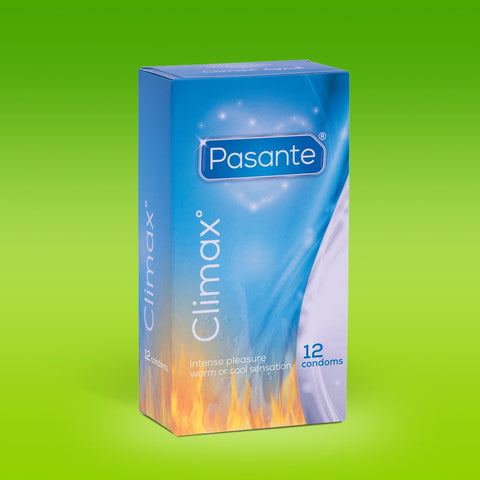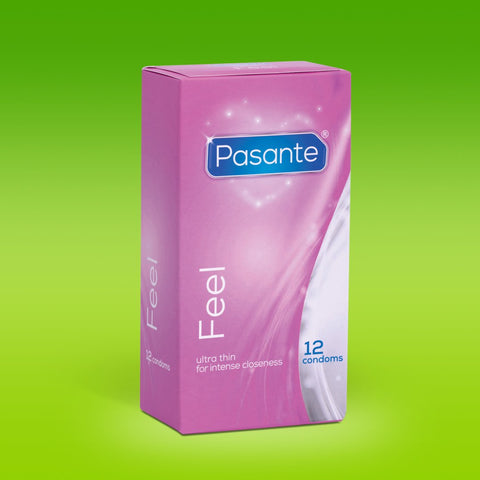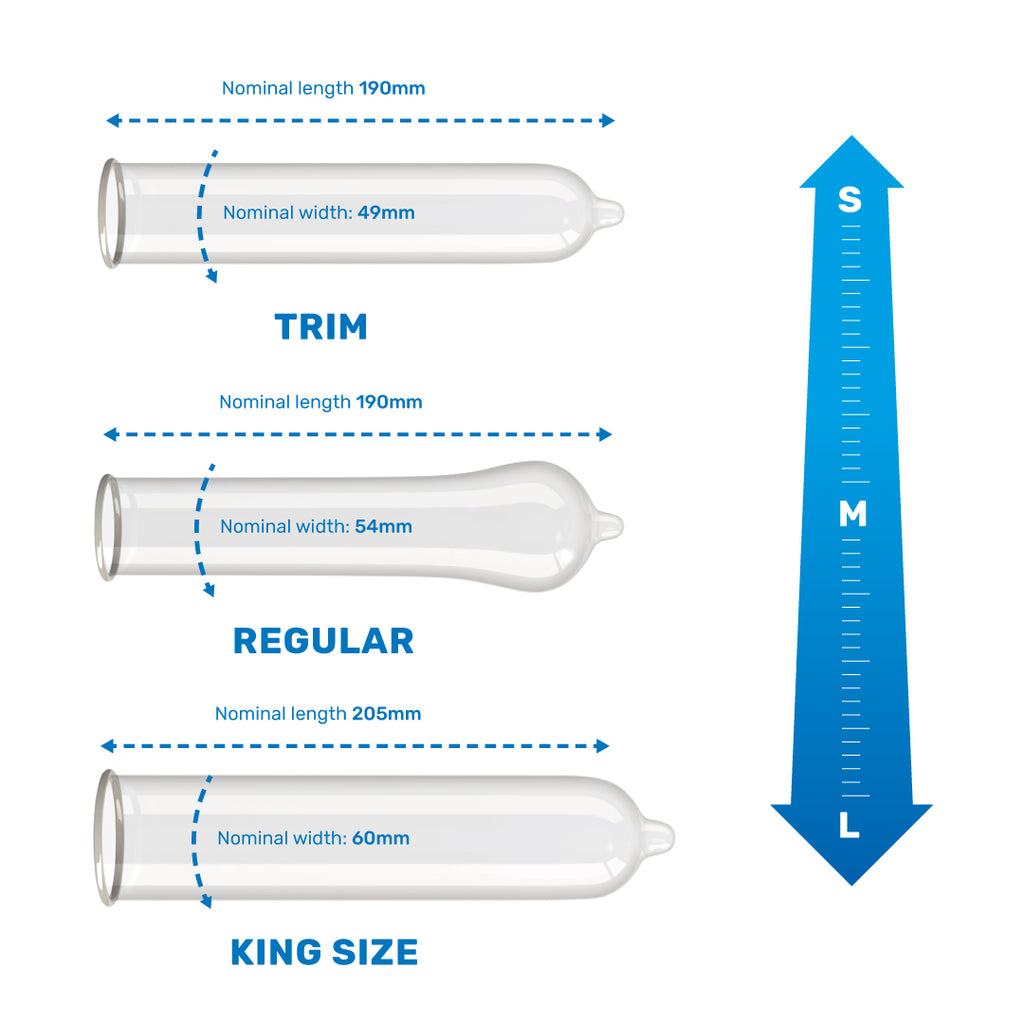
Worlds Aids Day
Every year on the 1st December, World Aids Day is celebrated internationally to reduce the stigma of living with HIV, increase support, education and HIV testing for those around the world as well as to commemorate those who have died from an AIDS-related illness
The National Aids Trust estimates that there are currently 105,200 people in the UK living with HIV with 98% of all people living with HIV on treatment and 97% of those on treatment are virally suppressed, which means they are unable to pass the virus on.
With this in mind, let’s find out more about HIV and AIDS, look back at the history behind the virus and World Aids Day as well as HIV treatment, testing for HIV and how to protect yourself from acquiring HIV.
What is HIV and AIDS?
Human Immunodeficiency Virus (HIV) is a virus that weakens and damages the immune system and is transmitted through unprotected sex, breastfeeding, blood and sharing needles or syringes. Without HIV treatment, HIV will eventually lead to Acquired Immune Deficiency Syndrome (AIDS), known as the late stages of HIV where the immune system has been severely damaged by the virus. These days, few people are diagnosed with AIDS due to modern day advances in antiretroviral HIV treatment. If HIV is left untreated, it will eventually lead to AIDS, which is why it’s vital to get tested for HIV early on.
To read more about HIV testing this World Aids Day, click here
To order a test-kit, click here
Timeline:
This year, World Aids Day celebrates its 33rd year with substantial progress made in the battle of the HIV war over the last three decades. With this in mind, let’s take a look back at the history of HIV and Aids.
1979: The first UK transmission has been found in a sample
1981: A 49 year old gay man dies of an aids-related illness
1982: A 37 year old man, known as Terry Higgins dies of an aids-related illness
1982: Terry Higgins partner and friends establish The Terrence Higgins Trust to personalise and humanise AIDS throughout the UK
1984: HIV genetic variations of the virus have been detected
1985: 58 recorded deaths from an aids-related illness have been reported in the UK
1985: A HIV test has been developed with HIV testing starting to be offered within sexual health services
1986: The World Health Organisation (WHO) launches its global AIDS strategy
1987: Diana, Princess of Wales opens a ward in Middlesex hospital, dedicated to the treatment of HIV patients
1988: The World Health Organisation launches the first World AIDS Day on December 1st.
1990: A red ribbon is launched as an international symbol of AIDS awareness
1991: Freddy Mercury, the lead singer from Queen, dies one day after announcing his AIDS diagnosis
1995: HIV cases in the UK reach 10,000
1996: The viral load test is developed - increasing information about HIV progression
1996: Triple combination therapy (HAART) becomes standard treatment for HIV patients
1999: New HIV diagnoses for heterosexuals in the UK exceeds those among gay and bisexual men for the first time ever
2001: UK government launches the first national strategy for sexual health and HIV.
2001: Globally, 33 million people are living with HIV
2003: The National AIDS Trust launched a campaign challenging HIV stigma.
2012: First National HIV Testing Week
2015: First Home Testing Kits become available, after being legalised in 2014
2017: PrEP introduced and made free on the NHS in Scotland
2018: Public Health England (PHE) publishes figures showing an 18% decrease in HIV diagnoses in the UK in 2016
2020: PrEp now available to those at high-risk living in England
HIV treatment
While HIV treatment is unable to cure the HIV virus, it can stop the virus from reproducing in the body and reduce the level in your blood to make the virus undetectable (we call this undetectable viral load). That means the virus is still in your body but you are unable to pass the virus on.
HIV treatment usually involves taking one tablet, combined with three different drugs. This treatment is usually known as either combination therapy, antiretroviral therapy (ART), or highly active antiretroviral therapy (HAART).
For those that are HIV negative but are at high risk of being exposed to HIV, you can take Pre-exposure prophylaxis (PrEP), which is two drugs (Tenofovir and Emtricitabine) that can treat HIV straight after the virus has entered your body. For those at high-risk of contracting HIV in England, you can get PrEP free from a local sexual health clinic.
Post-exposure prophylaxis (PEP) involves taking HIV medication within three days (or 72 hours) of exposure to the HIV virus but works best if taken within 24 hours. A further course of HIV treatment is then taken for 4 weeks. PEP doesn’t have 100% effectiveness, but it is taken as an emergency measure and can be picked up from your local sexual health clinic.
To find out more about HIV treatment this World Aids Day, click here
How do I find out my HIV status
Testing for HIV is quick and simple. We offer an early detection test (that’s 99% accurate) that you can do in the comfort of your home. The HIV early detection test can be done as early as 21-22 days from being exposed to the virus, however it can take up to 3 months to produce a positive result.
Click here for a video walk-through on how to do a home HIV test…
How do I protect myself from catching sexually transmitted infections
Condoms reduce the risk of catching sexually transmitted infections, including the HIV virus by preventing sexual fluids from being transferred. This World Aids Day, stock up on your favourite condom. Unsure which condom to choose? Open this link 'in a new window' here What type of condom should I buy?
As well as ensuring you or your partner wear condoms, getting a regular sexual health screen, including HIV testing on a regular basis (we recommend annually or on change of a sexual partner) will help reduce the risk of acquiring and transmitting the infection on.




